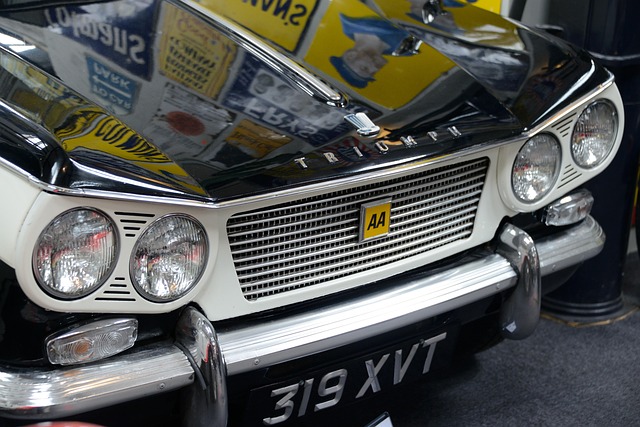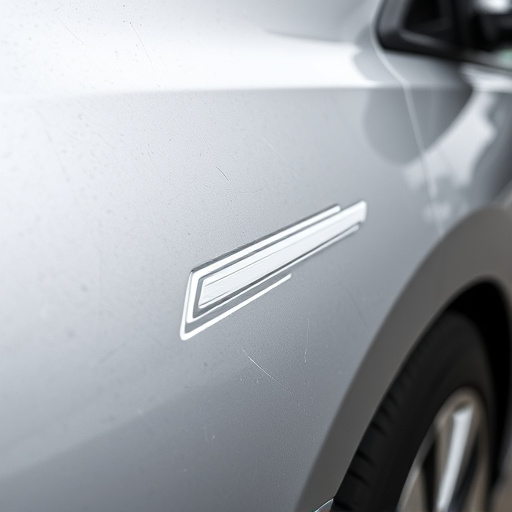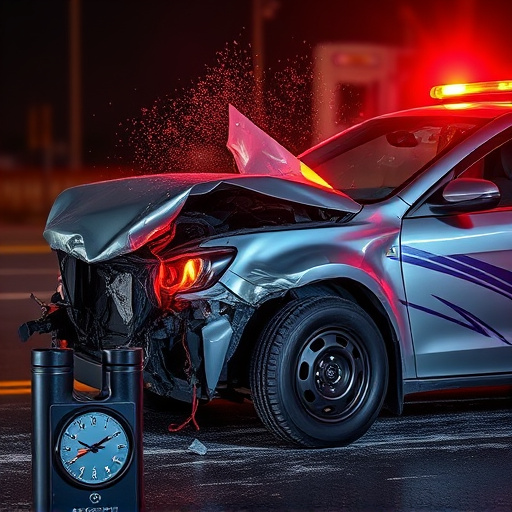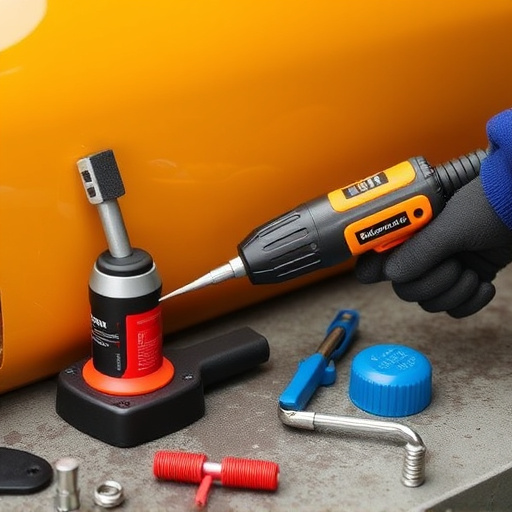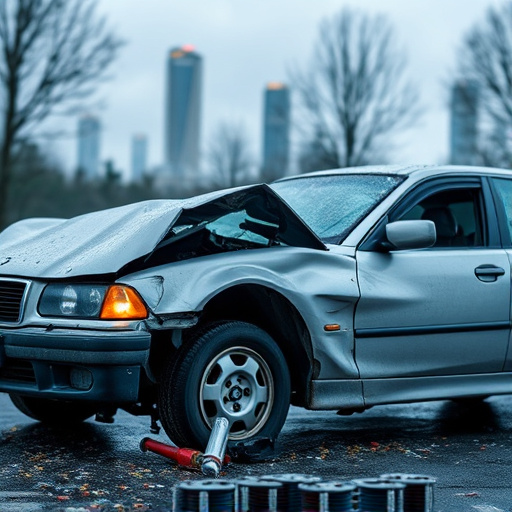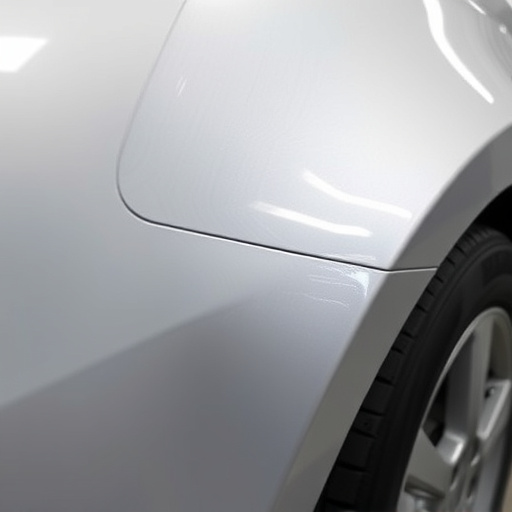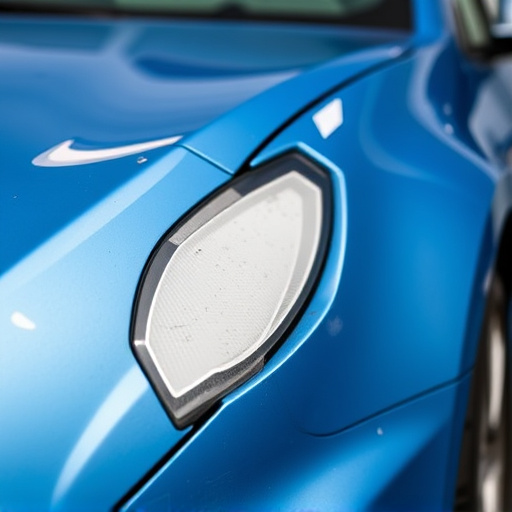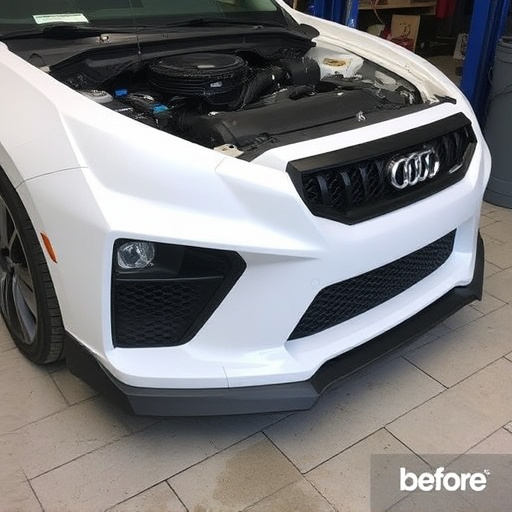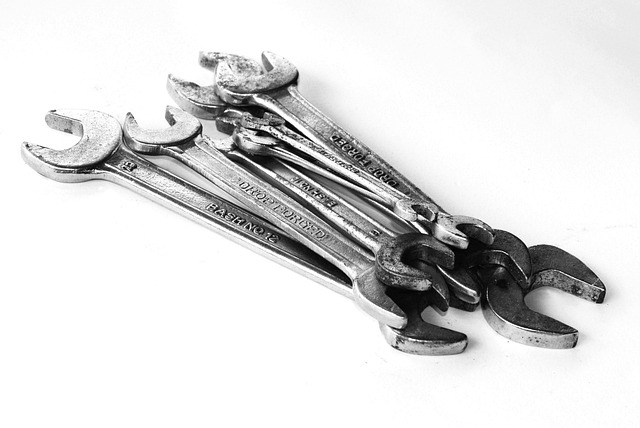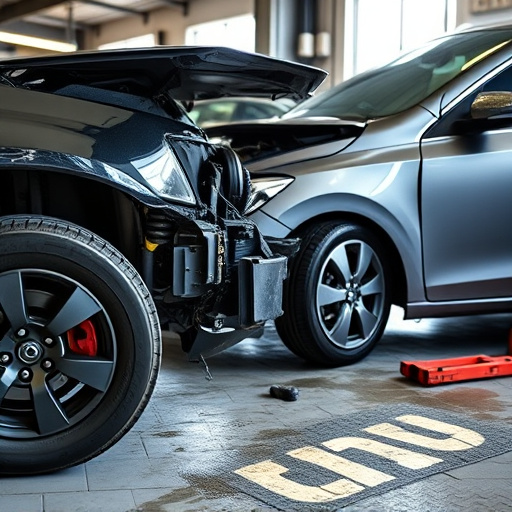Fender dent repair is a specialized technique for correcting car fender deformities caused by minor impacts, preserving vehicle value and aesthetics. Cost varies based on damage severity, location, part choices, labor rates, and shop reputation. For extensive or hard-to-access damage, replacement might be more practical, considering vehicle age and resale value. Detailed repairs are preferred for sentimentally valuable cars, while replacements offer cost-effectiveness for other vehicles.
“Discover the best approach for fixing those pesky fender dents—a common car care dilemma. This article guides you through the process of fender dent repair, breaking down the cost analysis and highlighting factors that influence expense. We’ll also explore when replacement might be a more viable option, ensuring you make an informed decision. By understanding these aspects of fender dent repair, you can effectively navigate your vehicle’s maintenance needs.”
- Understanding Fender Dent Repair Process
- Cost Analysis: Factors Influencing Repair Expense
- When Is Replacement a Better Option?
Understanding Fender Dent Repair Process

Fender dent repair is a process that involves correcting deformities or dents on car fenders, typically caused by minor impacts or collisions. It’s a specialized technique that aims to restore the fender’s original shape and appearance, preventing the need for complete replacement. This method is particularly beneficial when the damage is limited to the outer panel, leaving the underlying structure intact.
The process begins with an assessment to determine the extent of the damage. Skilled technicians use specific tools to straighten the dented area back to its original form. This may involve heating or cooling the metal for flexibility and then using mallets or specialized machinery to gently hammer out the dent. In some cases, a combination of manual labor and advanced equipment is employed for precise results. Unlike complete fender replacements, which can be cost-prohibitive, especially for older vehicles, fender dent repair offers a more economical solution, preserving the car’s value and aesthetics through efficient fleet repair services or even as a DIY car scratch repair method when minor dents occur.
Cost Analysis: Factors Influencing Repair Expense
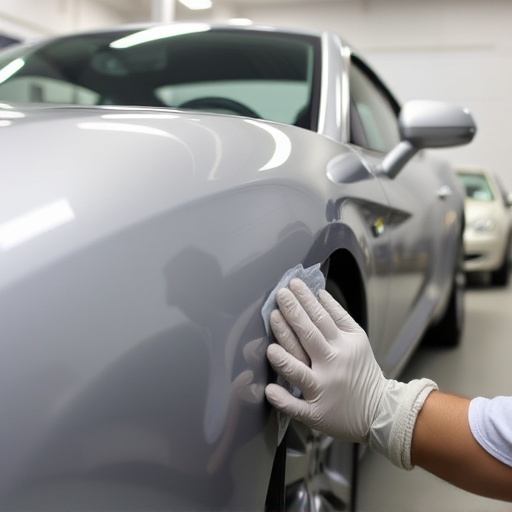
The cost of fender dent repair can vary widely depending on several factors specific to both the damage and the auto repair shop. One key influencer is the size and severity of the dent; minor dings or shallow dents will have lower repair costs compared to deep, complex dents that might require more extensive body shop services. The location of the dent on the vehicle also matters; repairing a fender dent near a car’s corner or door may be pricier due to the intricate panel work and potential alignment adjustments needed.
Additionally, whether you opt for original equipment manufacturer (OEM) parts or aftermarket substitutes can significantly impact expenses. Luxury vehicle repair often uses OEM parts, which are more expensive but ensure better compatibility and aesthetics. The auto repair shop’s labor rates also play a role; urban areas with higher living costs might charge more for their body shop services compared to suburban or rural regions. Lastly, the reputation of the auto repair shop and the availability of technicians can influence pricing, as specialized skill sets and high demand may translate to higher charges for fender dent repair.
When Is Replacement a Better Option?

In certain scenarios, replacement might be a more feasible option for fender dent repair. The decision often depends on the extent and location of the damage. If the dent is deep, affecting the structural integrity of the fender, or if it’s in an area that’s hard to access or conceal, replacing the panel may be more efficient than attempting intricate repairs. Moreover, if the car has undergone multiple repair sessions for similar issues, suggesting underlying problems with welds or paint job consistency, replacement could offer a lasting solution, eliminating the need for future fixes.
Consideration should also be given to the vehicle’s age and resale value. For classic cars or those with sentimental value, preserving the original fender through meticulous dent repair might be preferable. Conversely, if the car is near its end of life or its resale value has declined significantly, replacement may provide a more cost-effective and practical solution in terms of both aesthetics and long-term performance, especially when done by a reliable collision center.
In conclusion, choosing between fender dent repair and replacement depends on cost, vehicle value, and cosmetic goals. Understanding the repair process and its associated costs can empower car owners to make informed decisions. While repair offers a more economical option for minor dents, replacement might be necessary for severe damage or older vehicles with reduced resale value. Ultimately, evaluating these factors will help determine the best course of action for effective and cost-efficient fender dent resolution.


